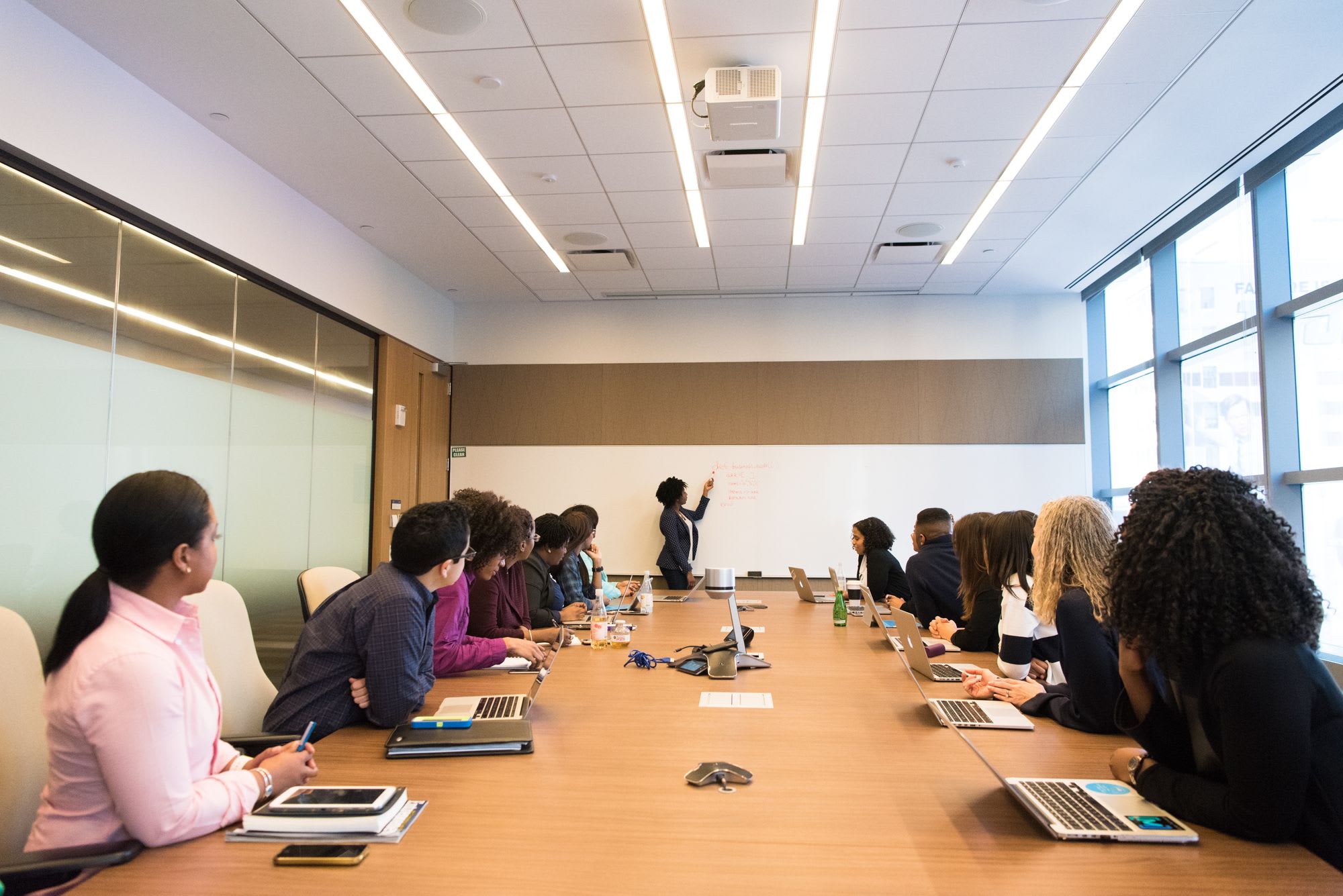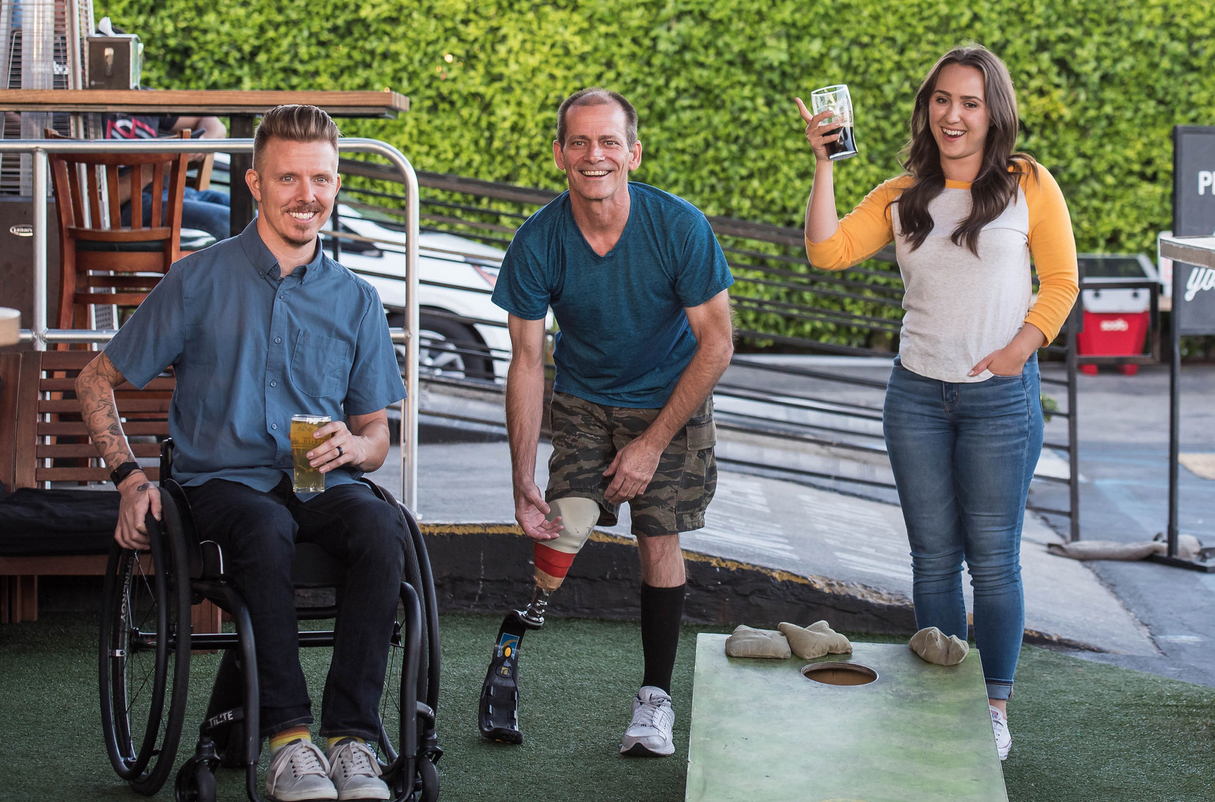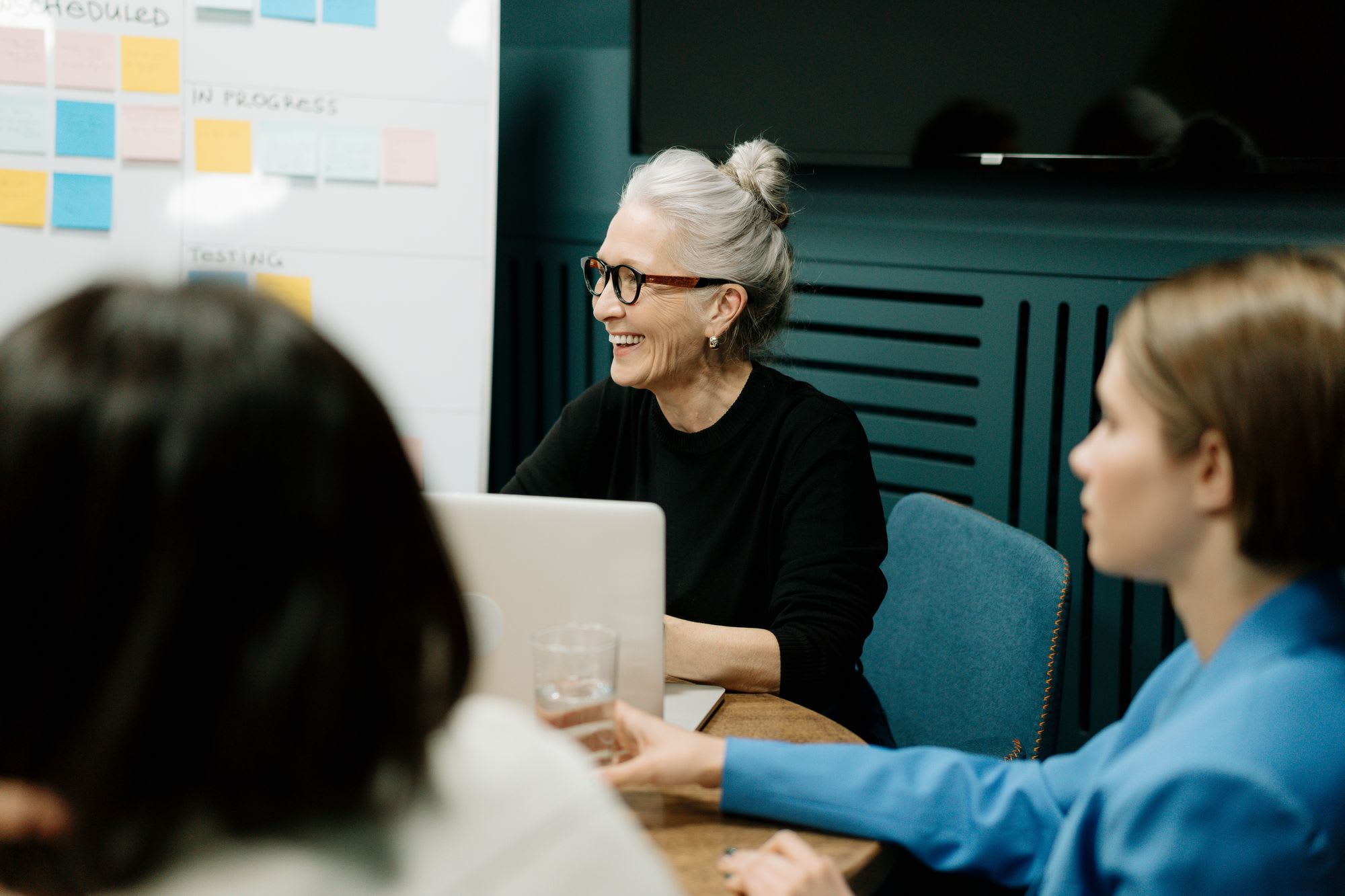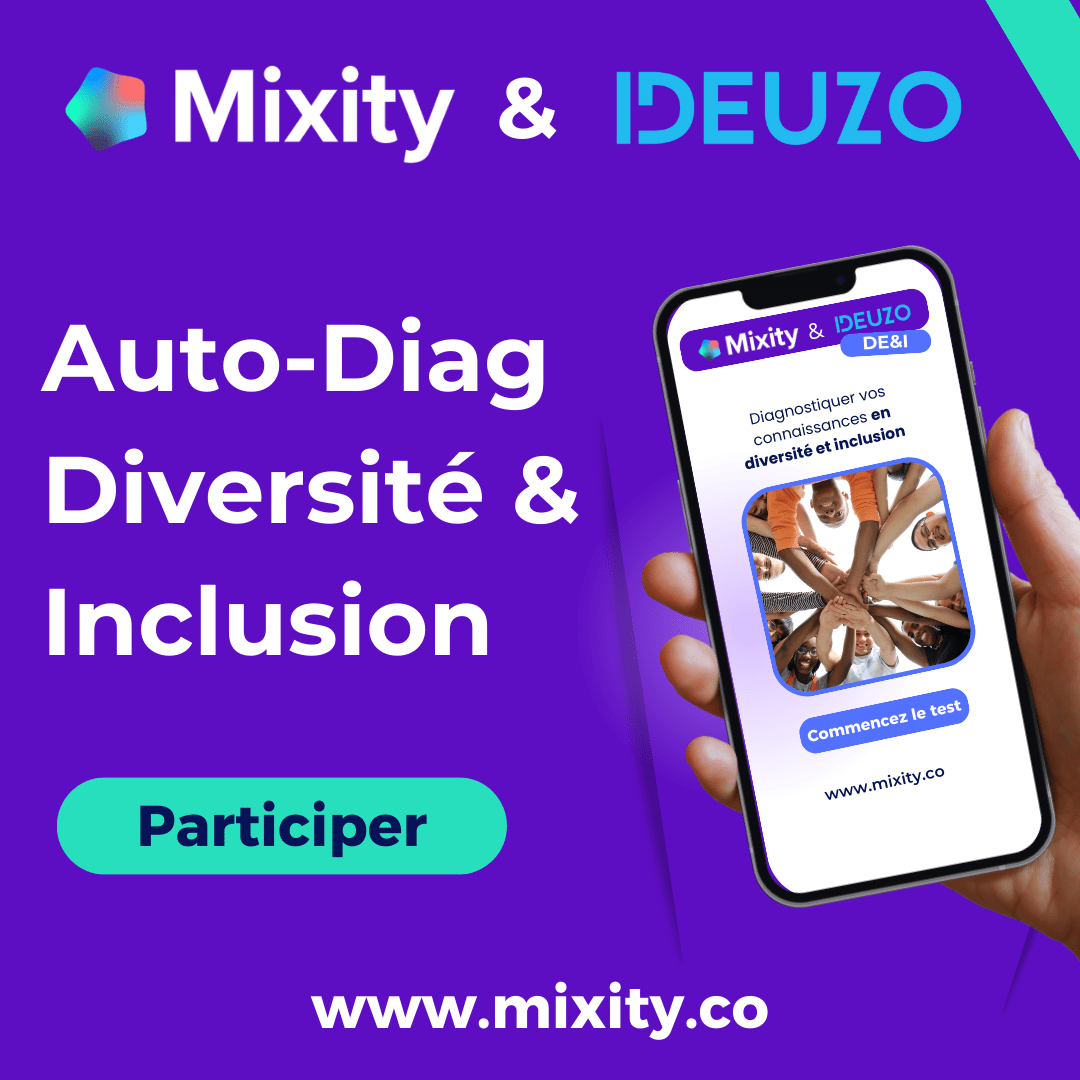7 Keys to embed diversity, equity and inclusion at the heart of your events
Discover our expert ideas and advice on integrating diversity, equity, and inclusion principles into your seminars and events.

7 Keys to Prioritize Diversity and Inclusion in Your Seminar As you do every year, you are contemplating organizing an annual seminar that aligns with your values and is both unifying and meaningful. What if you opted for a seminar or event that is 100% inclusive and respectful of all diversities?
Accessibility, dietary restrictions, gender identities, sustainability, inclusive language, religion—the list of elements to consider when planning a diversity, equity, and inclusion (DE&I)-friendly event is extensive. But therein lies the key: taking everything into account and considering everyone. There is no one-size-fits-all formula, but it is possible to plan an annual seminar or event that places inclusion at the forefront.
Our Mixity team shares advice on all the factors at play in promoting inclusion and ensuring that everyone feels welcome at your event.
Get to Know Your Audience
Understanding your audience during the event planning phase is crucial, and conducting a pre-event survey to gauge everyone's expectations can be useful.
Consider the culture and specific needs of participants, the necessity for support for individuals with disabilities, and the need for translation services, including sign language in certain contexts. Think of everything.
It is important to conduct thorough research to get a complete picture of your participants' needs. Invite individuals with diverse profiles to join the organizing team, as they can better identify needs through a diversity of perspectives and ideas.
Make Accessibility a Top Priority in Event Design
Basic accessibility elements should be a given: elevator access, ramps, accessible restrooms, welcoming service animals, unobstructed access throughout the venue, and ease of movement to the event location.
Organize Inclusive and Welcoming Activities and Times Depending on your audience, such as organizing an annual corporate seminar, it is essential to plan activities that will suit everyone.
For instance, if you organize a wine tasting session, ensure there is an alternative for those who do not consume alcohol. Or if you plan a mountain trek, provide an alternative for individuals whose physical health does not allow them to participate in sports activities.
Put Diversity and Inclusion at the Heart of Your Corporate Seminar or Event
Annual seminars are an opportunity to unite your teams around human values that promote daily engagement.
We offer some activity ideas to enliven your social times with awareness and sharing workshops on diversity, equity, and inclusion.
"The Paths of Inclusion": In two hours, our Mixity experts guide you through a sensitization experience in the form of a serious game to identify the drivers of equity and inclusion and to understand the mechanisms of biases and stereotypes.
In small groups of 8 to 16 people, teams progress step by step and collectively work toward inclusion.

"We were supported by Mixity to address discriminatory biases within our teams. We were able to try out the 'Paths of Inclusion' workshop, which prompted our employees to reflect on both conscious and unconscious mechanisms leading to exclusion, through a highly engaging journey and compelling examples," says Julie Thabussot, Product Manager at Skello.
Be Mindful of Gender Inclusion
Many individuals identify as non-binary, transgender, or of a different gender. To promote equity and inclusion, consider removing gender-biased language, artwork, and photographs from presentations and/or signage, and print pronouns on guest badges, if possible. Ensure that gender-neutral or universal restrooms are available.
Ensure Your Catering Service Caters to Everyone
Options such as gluten-free, vegetarian, vegan, halal, and kosher should be available. Ensure that food product labels list ingredients in detail. Thoughtful non-alcoholic beverages should be served.
Consider Inclusive Communication and Language
Incorporating meeting accessibility tools and technologies, such as sign language interpretation, second screens, real-time captioning, assistive listening devices, and translation services, can help ensure that diverse participants can fully engage.
For on-site communication, consider using inclusive formats such as large print, braille, subtitles, translated documents, and/or audio recordings.




